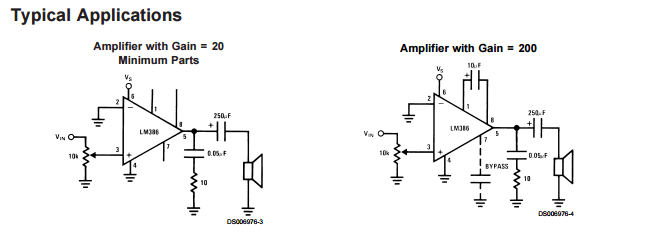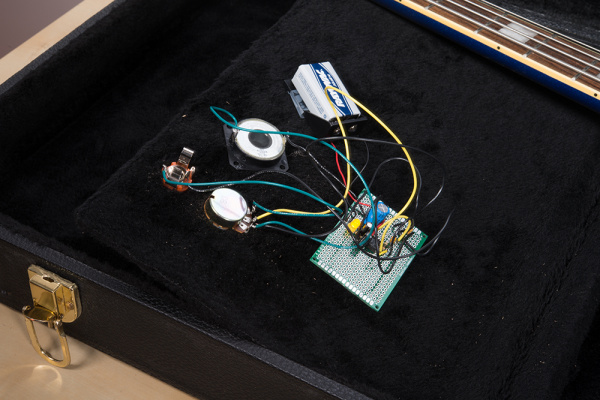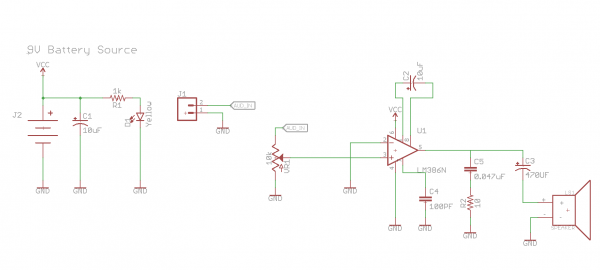Introduction to Operational Amplifiers with LTSpice
The LM386 Audio Amplifier
Simulate, verify, build – my motto. In this case, the mini portable guitar amp project case, I took it too far. I couldn't find a model I could import into LTSpice and I started from scratch. Below is a button where you can download the project files for what I am about to show you. I designed an op amp based on the LM386, but with MOSFETs instead of BJTs. I actually got this design to slightly out-perform the part I based my design off of, but it only works from 2 to 6 volts. Even though my LM386 model is not exactly like the part used in the project, it is still practical for looking at the electrical characteristics of op amps and getting more familiar with LTSpice.
Project: Mini Portable Guitar Amplifier
I built a small, battery-powered amplifier into the case of my guitar using the LM386 and minimal extra parts. The whole build cost about $5.00 and took less than an hour to put together. The circuit I took directly from the data sheet applications section (Gain of 200):
The only changes I made were to the output capacitor. I didn't have a 250uF capacitor handy to I swapped it out for a 470uF. I also added the 1/4" mono audio female receptacle for the guitar cable and added a status LED so I knew when I was ready to rock. My guitar case has a little cubby for cables and picks so I used that space to build the amplifier into.
Schematic:
Note: J1 is the 1/4" female mono audio jack receptacle.
See it in action:


